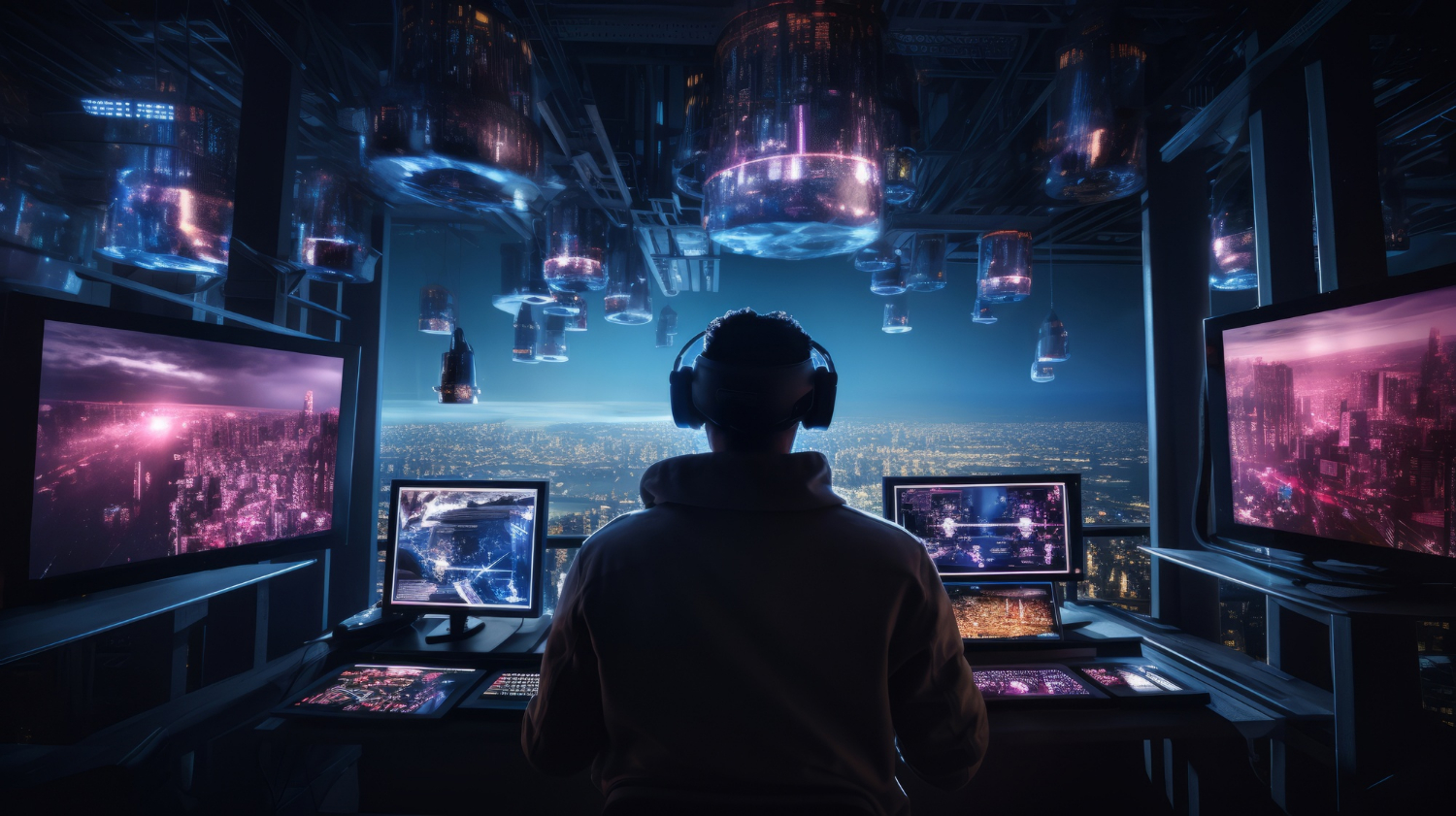Visual effects (VFX) bring stunning visual experiences to life on screen, transforming scenes into immersive environments and creating extraordinary, memorable effects. From fantastical landscapes to thrilling explosions, VFX artists work behind the scenes, blending technology and creativity to make stories captivating. The secrets behind their artistry lie in techniques, tools, and insights into the digital world. Here’s a closer look at how VFX artists produce mind-blowing effects.
Understanding the Basics of VFX
The foundation of VFX lies in the combination of art and technology. By manipulating images and blending multiple layers of digital elements, VFX artists can make the impossible appear real. Basic VFX techniques include green screen compositing, 3D modeling, and CGI (computer-generated imagery). In VFX training, students often start by learning about software like Adobe After Effects and Autodesk Maya, both critical for creating digital elements that merge seamlessly with live footage.
Importance of Realism in Effects
One of the primary goals of VFX is to make effects appear as real as possible. VFX artists study natural light, shadows, textures, and movements to ensure their creations are convincing. To do this, they may even analyze real-world phenomena, such as how light reflects on water or how smoke moves in the air. When they apply this understanding to their digital effects, the results are more believable and immersive, even when the scenarios are entirely fantastical.
Layering and Composition Techniques
Layering is a crucial VFX technique that allows artists to stack various elements together to create a complex final effect. For instance, an explosion scene might include different layers for the blast, flying debris, smoke, and lighting effects. Each layer is meticulously crafted and positioned, and once combined, they create the illusion of a single, cohesive explosion. Compositing techniques are especially useful for integrating these layers, allowing for seamless transitions between digital effects and live-action footage.
Mastering Motion Capture and Animation
In action-packed scenes or those with digitally created characters, motion capture (or mocap) technology is essential. This process involves tracking real human movement to animate digital characters accurately. Through VFX training in Udaipur, artists learn to use mocap data to animate lifelike movements for characters and objects. Animation also includes understanding how to simulate physics, such as gravity and collision, making the movement of digital elements look more natural. Mocap and animation techniques are vital for characters in films, video games, and even virtual reality projects.
The Role of Lighting and Texturing
Lighting and textures are often overlooked by audiences but are critical to creating realistic VFX. Light sources, shadows, and texture details add depth and dimension to digital scenes, making them feel more tangible. A VFX artist pays close attention to lighting setups, matching them with the natural lighting in a live-action scene. Texturing, meanwhile, helps surfaces look authentic, whether it’s the rough bark of a tree, the shimmer of metal, or the soft look of fabric. These small details can significantly impact the audience’s perception, making the digital elements blend more seamlessly with the real-world footage.
Sound Integration for Enhanced Impact
While VFX mainly involves visual elements, sound plays an equally important role in amplifying the impact of effects. VFX artists often collaborate with sound designers to create synchronized sound effects that make visuals more intense. For instance, the booming sound of a spaceship, the roar of a dragon, or the subtle hum of a futuristic device can all enhance the viewer’s experience. Proper sound integration helps complete the illusion, making scenes feel more immersive and impactful.
Adapting to New VFX Technologies
VFX is a constantly evolving field, with new tools and techniques emerging frequently. VFX artists stay up-to-date with these advancements, from AI-assisted tools to advanced rendering engines. For instance, virtual reality and augmented reality are gaining traction, allowing audiences to interact with digital effects in a 3D environment. With access to VFX training, aspiring artists can learn these latest tools and techniques, preparing them for diverse creative opportunities in the field.
Building a Career in VFX
Aspiring VFX artists often enroll in specialized training programs to develop their skills. Such courses offer hands-on practice with industry-standard software and real-world projects, equipping students to create complex visual effects. In addition to technical skills, artists learn the importance of collaboration, as VFX is a team effort that requires close coordination with directors, cinematographers, and other creative professionals. For those interested in a career in visual effects, cities like Udaipur offer training programs tailored to developing VFX skills, helping students prepare for roles in movies, TV shows, games, and more.
Conclusion
The fascinating world of VFX relies on a mix of creativity, technical skill, and constant innovation. By mastering techniques such as compositing, motion capture, lighting, and more, VFX artists create effects that elevate storytelling and captivate audiences. Those interested in learning these techniques can explore training options to dive into this vibrant field. With dedication and practice, the secrets behind these stunning effects become accessible, opening doors to a creative and fulfilling career in visual effects.

